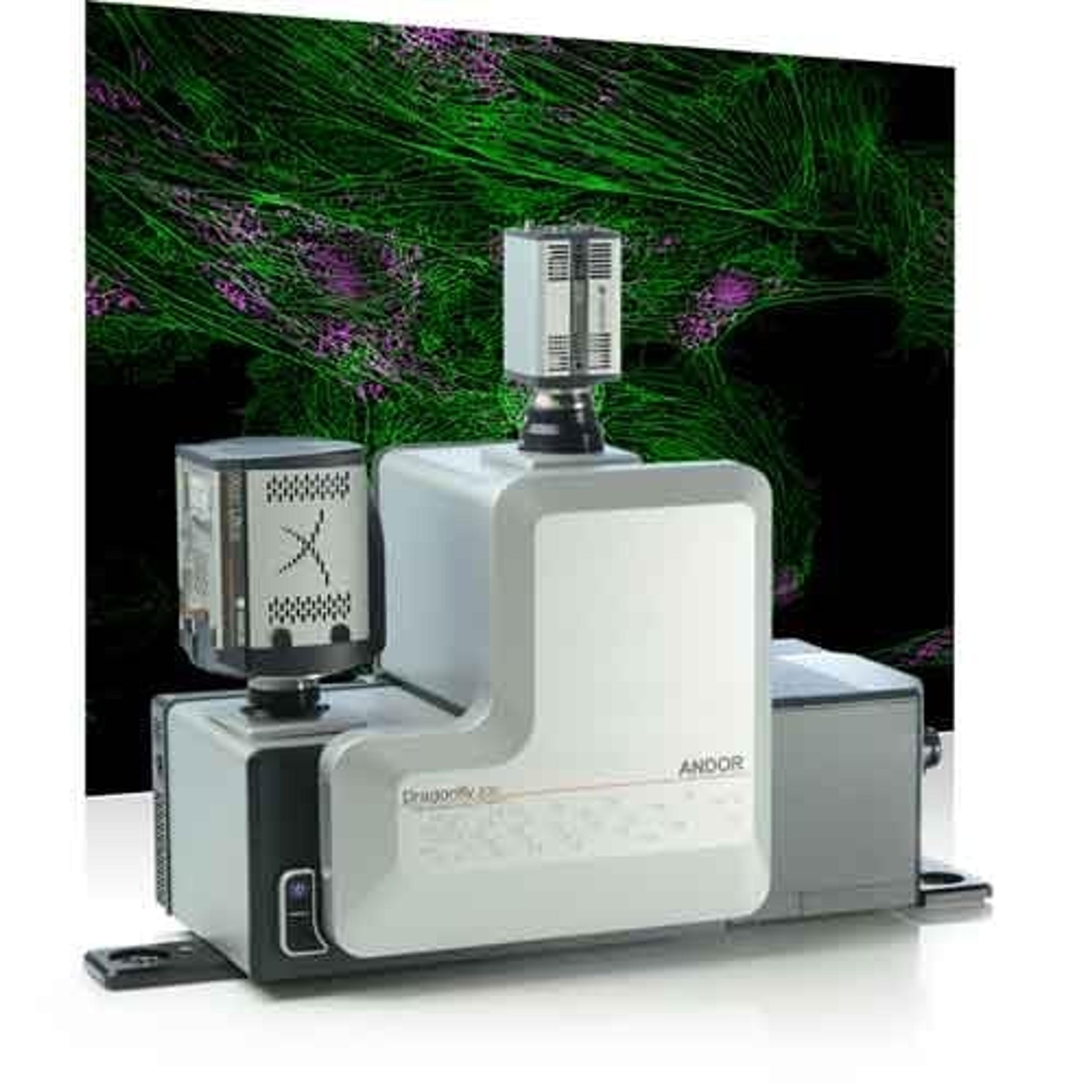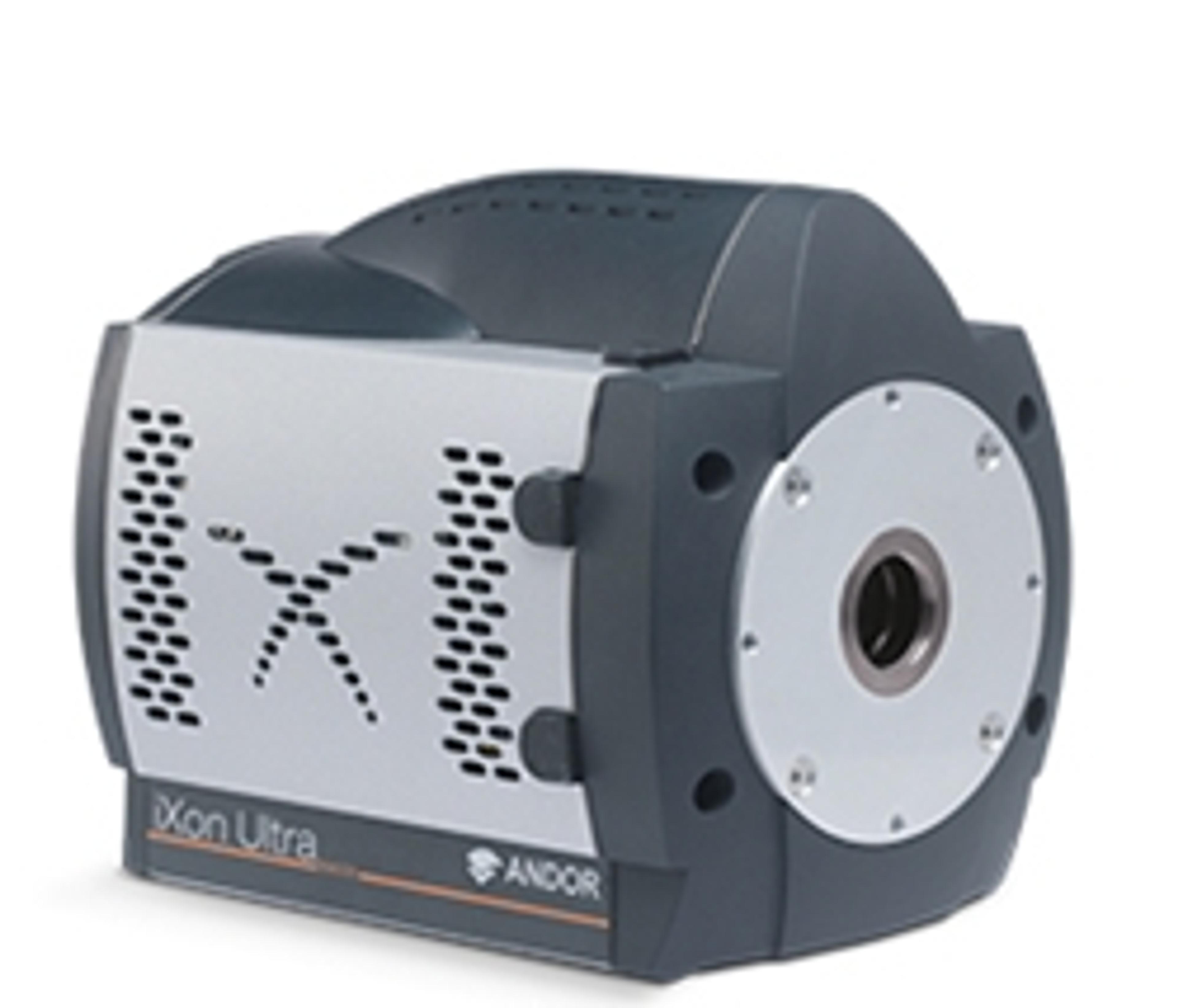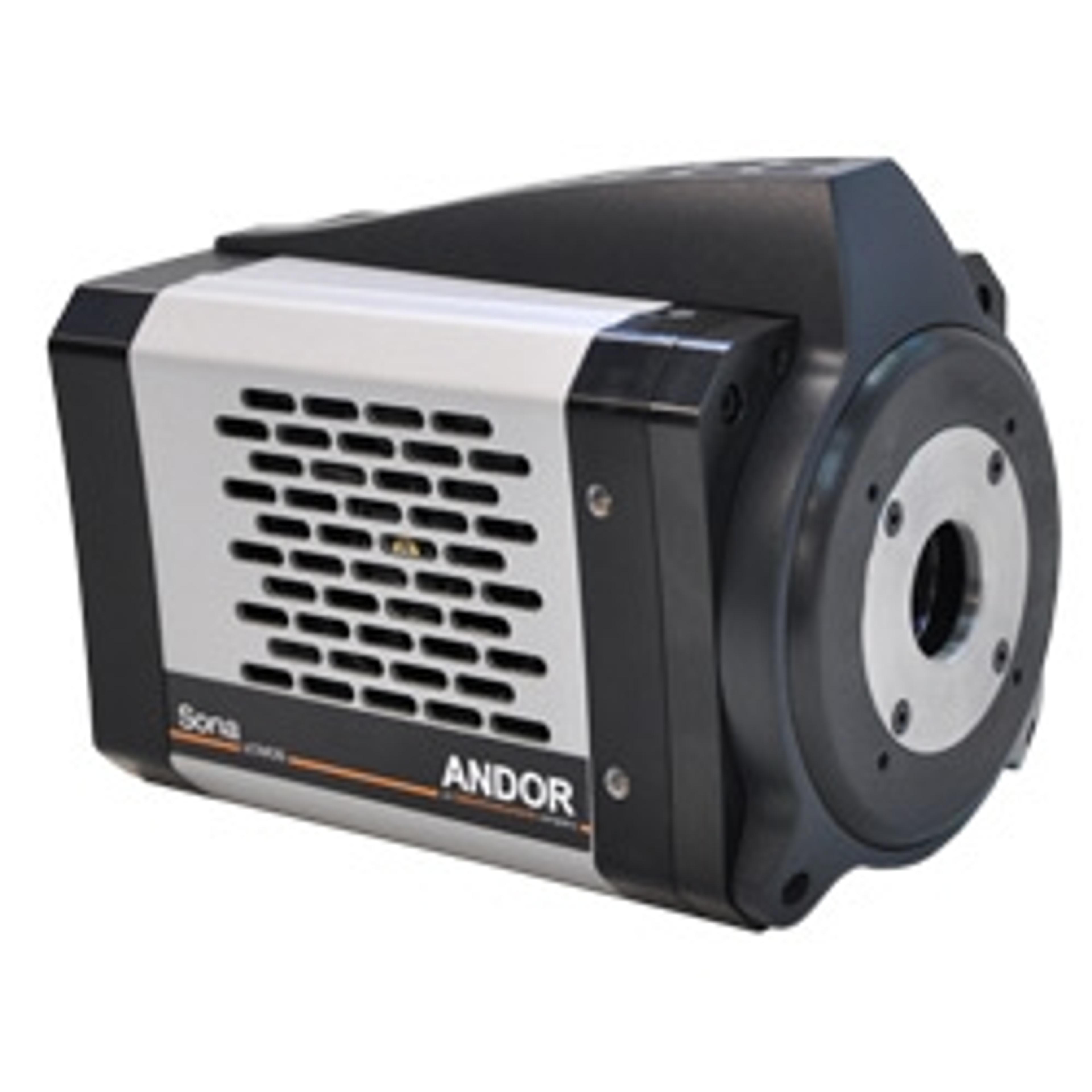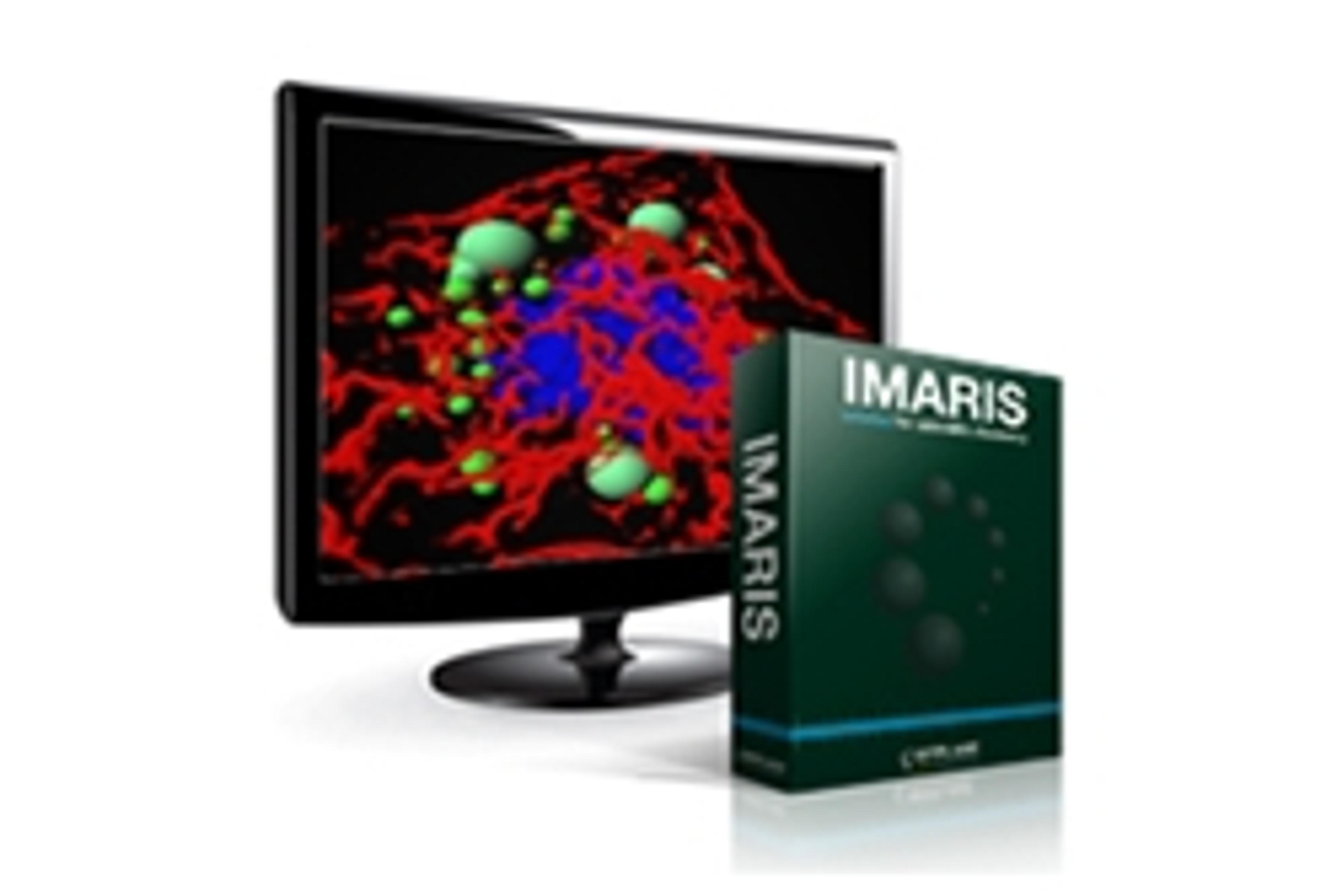Andor launches Balor-X Camera for X-ray and Neutron imaging
Boasting a unique combination of 16.9 Megapixel sensor with rapid 54 fps full frame, ultra-low noise and high dynamic range, Balor is a versatile tool for high energy physics applications
3 Feb 2020
Andor Technology, an Oxford Instruments company, announces the launch of the new Balor-X, a very large area ultrasensitive sCMOS camera for indirect X-ray and neutron imaging. Boasting a unique combination of 16.9 Megapixel sensor with rapid 54 frames per second full frame, ultra-low noise and high dynamic range, Balor is a versatile tool for high energy physics applications such as hard X-ray / neutron-based tomographic or in situ dynamic phenomena diagnostics. Balor-x’s large field of view enables versatility not only in the analysis of larger samples but also the examination of smaller samples at higher resolutions.
Balor-X’s exceptionally fast readout allows up to 1,600 fps with region-of interest, considerably reducing acquisition time of extensive tomographic datasets as well as allowing better sampling of dynamic transient in situ phenomena on the 100’s of µs scale. When minimizing beam line time is paramount, not only does Balor-X acquire data rapidly, it is designed to give researchers greater experimental throughput and the ability to couple imaging with complementary techniques such as X-ray and neutron scattering and diffraction.
It should also enable researchers to make the most out of high and low X-ray and neutron flux environments, with its low read noise, deep well depth, deep cooling/low dark current performance Balor-X achieves the best signal-to-noise and image contrast. The wide dynamic range is complemented by enhanced on-head intelligence to deliver market-leading linearity of > 99.7%, for unparalleled quantitative accuracy of measurement across the full signal range. Such capability is ideal for resolving nanoscale features across a wide range of different material absorbances.
Andor’s proprietary UltraVac™ technology uniquely protects the delicate sCMOS sensor from damage by moisture and other gas contaminants, thus preserving both QE and stable cooling performance year after year, removing the need to have the camera re-pumped and offering a diverse product that can be rapidly moved from application to application. sCMOS shutter-less technology also addresses the inconvenience associated with traditional mechanical shutter with their limited repetition rates and lifetime.
Balor delivers both Rolling Shutter and Global (Snapshot) Shutter exposure modes, with the latter being used for applications where every pixel across the array must carry the same relative exposure timing correlation, such as in situ radiography experiments.
Dr Thomas Woodward, Andor’s High Energy Detection Product Specialist, said; “Many challenges in indirect X-ray and neutron detection require not only high resolution, large field of view, superb sensitivity and dynamic range, but also the ability to capture large datasets faster. However, large area CCD technology is very much performance-limited in this regard, typically requiring more than 40 seconds to read out a single frame. The new Balor sCMOS platform addresses this fundamental application shortfall, reading out 2,500 times faster than CCDs. Balor’s frame rate is ideal for fast tomography applications severely reducing the amount of time required on beam lines to collect the same quantity of data. The low readout noise of the Balor with deep cooling and subsequent low dark current also makes the Balor ideal for longer exposures where necessary in low flux environments.”
Do you use Andor Technology's products in your lab? Write a review today for your chance to win a $400 Amazon gift card>>




